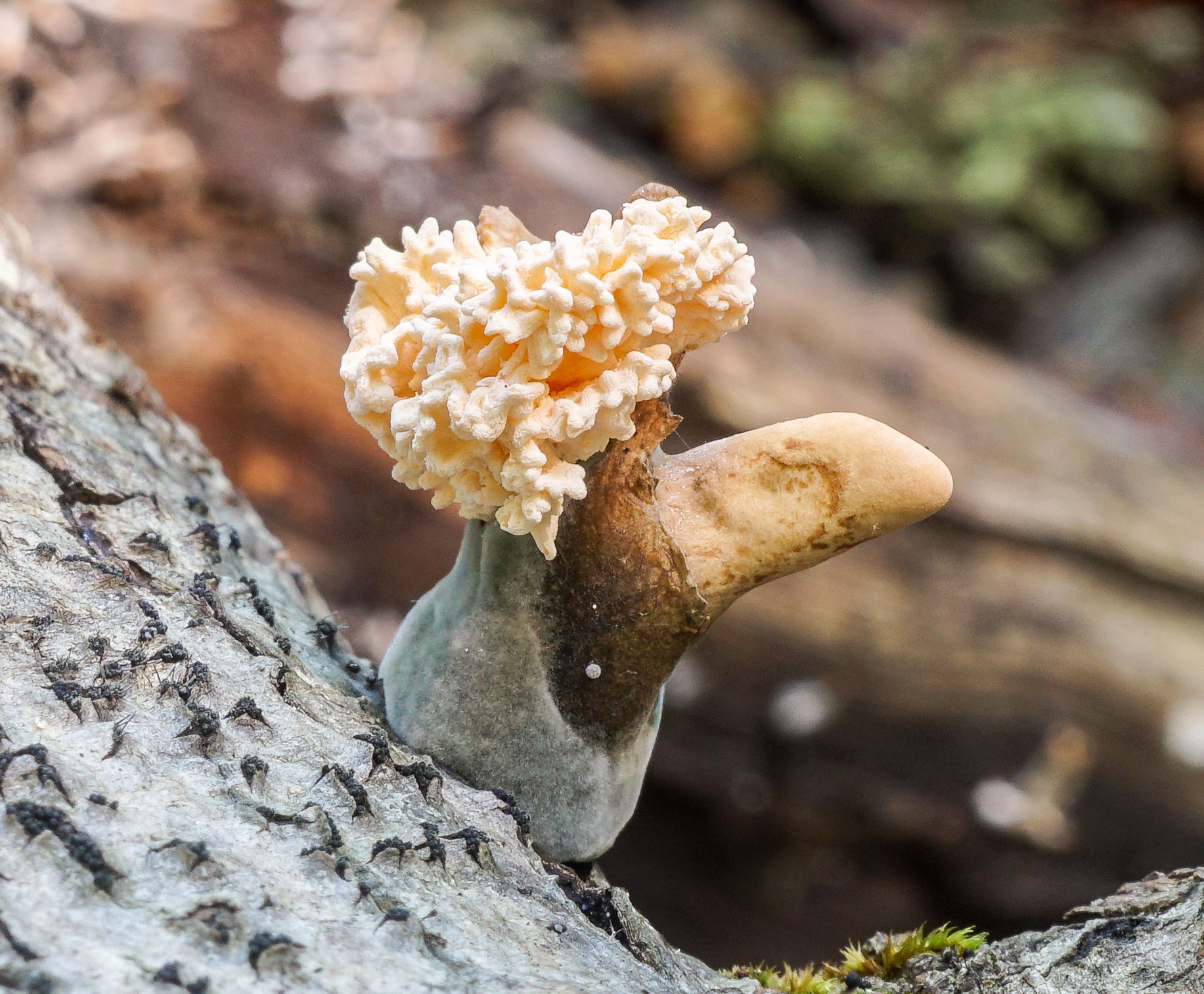|
Xylariales
The Xylariales are an order (biology), order of fungi within the class (biology), class Sordariomycetes (also known as Pyrenomycetes), subdivision Pezizomycotina, division (mycology), division Ascomycota. It was the original order of the Class (taxonomy), subclass Xylariomycetidae. Xylariales was circumscription (taxonomy), circumscribed in 1932 by Swedish mycologist John Axel Nannfeldt, and Xylariomycetidae by Ove Erik Eriksson and Katarina Winka in 1997. Taxonomy Early classifications of the Xylariales varied considerably, with taxonomists recognising anywhere from three to eleven family (biology), families within the order. A milestone in understanding the order's composition came from Smith, Liew, and Hyde's 2003 molecular phylogenetics study, which established the Xylariales as a monophyletic group containing seven families: Amphisphaeriaceae, Apiosporaceae, Clypeosphaeriaceae, Diatrypaceae, Graphostromataceae, Hyponectriaceae, and Xylariaceae. During this period, fungi in ... [...More Info...] [...Related Items...] OR: [Wikipedia] [Google] [Baidu] |
Graphostromataceae
The Graphostromataceae are a family (biology), family of fungi in the order Xylariales. This was a monotypic family, containing the single genus ''Graphostroma'', which in turn contains the single species ''Graphostroma platystoma''. Species Fungorum added genus ''Theissenia'' (with its 2 species) to the family. In 2018, multi-gene phylogenetic analyses revealed that ''Graphostromataceae'' was close to the families of Barrmaeliaceae and Xylariaceae (Daranagama et al. 2018, Voglmayr et al. 2018, Wendt et al. 2018). Then based on phylogeny and morphology, ''Theissenia'' was excluded from the family and accepted in Hypoxylaceae (Wendt et al. 2018). Five accepted genera maybe contained in the ''Graphostromataceae'' family; ''Biscogniauxia'' (formerly of family Xylariaceae), ''Camillea'' (formerly of family Xylariaceae), ''Graphostroma'', ''Obolarina'' (formerly of family Xylariaceae), and ''Vivantia'' (formerly of family Xylariaceae). Species Fungorum agrees on the above. Reference ... [...More Info...] [...Related Items...] OR: [Wikipedia] [Google] [Baidu] |
